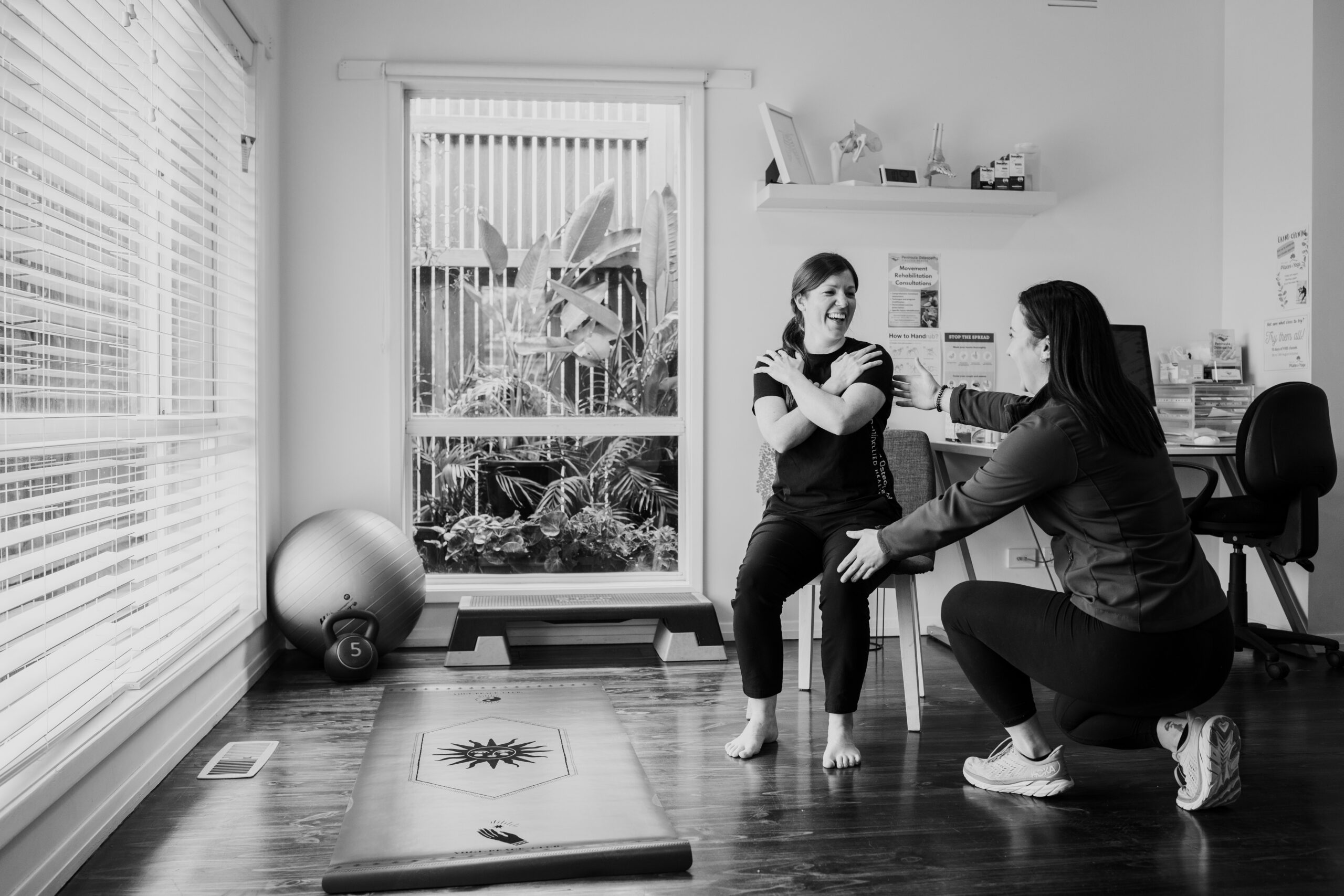5 Ways Your Rehab is Helping
Rehabilitation exercises are a staple of injury recovery, however we’re all guilty of letting them fall by the wayside from time to time. This blog will show you the many interesting ways in which your exercises are effective, hopefully inspiring you to persevere with them! (And spoiler alert, its not all about strengthening weak muscles!).
1. Motor recruitment & coordination
Rehab exercises can rewire the brain maps responsible for controlling and recruiting certain muscles and patterns, improving the technique and efficiency of your movement. In early stage rehab, the use of external constraints can decrease the number of potential movement solutions – helping to offload painful areas and teach the body how to utilise pain-free movement patterns.
As you progress, the rehab should gradually increase the degrees of available motion to move from rigid movement to fluid and variable movement – more closely mimicking the requirements of a full and active life.
2. Cognitive restructuring
We often fear certain activities and movements as we believe they can make our injury worse. Frequent low load exercise can help to restructure our relationship with movement. By repeating safe movements we can change the way we think about exercise and physical activity, which allows us to do more of our necessary daily tasks and get back to our loved recreational activities.
3. Nociceptive desensitisation
Nociception is the process of nerves sending messages to the brain from a particular body part that something is harmful. The brain then processes and codes the nerve signal and can create a sensation of pain.
During injury these nociceptive nerves can become more sensitive, due to many factors including inflammation at the injured body part. Exercising the sore body part causes the brain to respond to this demand by acclimating to the sensation, thereby decreasing the body’s pain response to the particular stimuli. The body gets used to the stimulus and it therefore becomes tolerable, no longer eliciting the pain response.
4. Descending pain inhibition
This phenomena is similar to taking medications that are designed to decrease pain, like panadol. Exercise causes nerves and chemicals to be stimulated that have a hypoalgesic effect – meaning they directly dampen the sensation of pain.
5. Progressive strength
Although early rehabilitation isn’t focused on building strength, it sets the foundation for further exercise progression. A good rehabilitation program should always be progressing towards a higher goal. As the aforementioned characteristics are achieved, the exercise prescription should increase its intensity – either by increasing load/weight, increasing volume, decreasing rest periods, or progressing to a more challenging movement.
Conclusion
Rehabilitation exercises are not just mundane routines, but powerful tools that facilitate a holistic recovery journey. They serve as more than just a means to strengthen weak muscles; they actively engage the brain, reshape our perceptions, and recalibrate our pain responses. Through consistent practice, we not only rehabilitate our bodies but also transform our relationship with movement and pain. Embracing these exercises not only aids in physical recovery but empowers us mentally, allowing us to reclaim our lives, one pain-free step at a time. So, let these insights inspire you to persevere with your exercises, for they are not just a path to recovery, but a gateway to a stronger, more resilient you.

